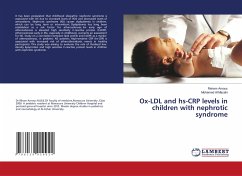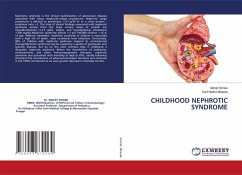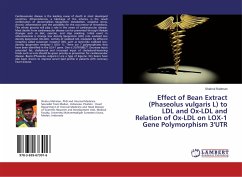It has been postulated that childhood idiopathic nephrotic syndrome is associated with OS due to increased levels of ROS and decreased levels of antioxidants. Nephrotic syndrome (NS) causes dyslipidemia in children, which can be long term or intermittent. Dyslipidemia has long been established as a risk factor for atherosclerosis. An early sign of atherosclerosis is elevated high sensitivity C-reactive protein (hsCRP). Atherosclerosis early in life, especially in childhood, warrants an assessment for NS. Study on a correlation between lipid profile and hsCRP, as a marker of atherosclerosis, in pediatric NS patients. High-sensitive CRP (hs-CRP) is associated with increased risk of atherothrombotic events in healthy participants. This study was aiming to evaluate the role of Oxidized low-density lipoprotein and high sensitive C-reactive protein levels in children with nephrotic syndrome.








